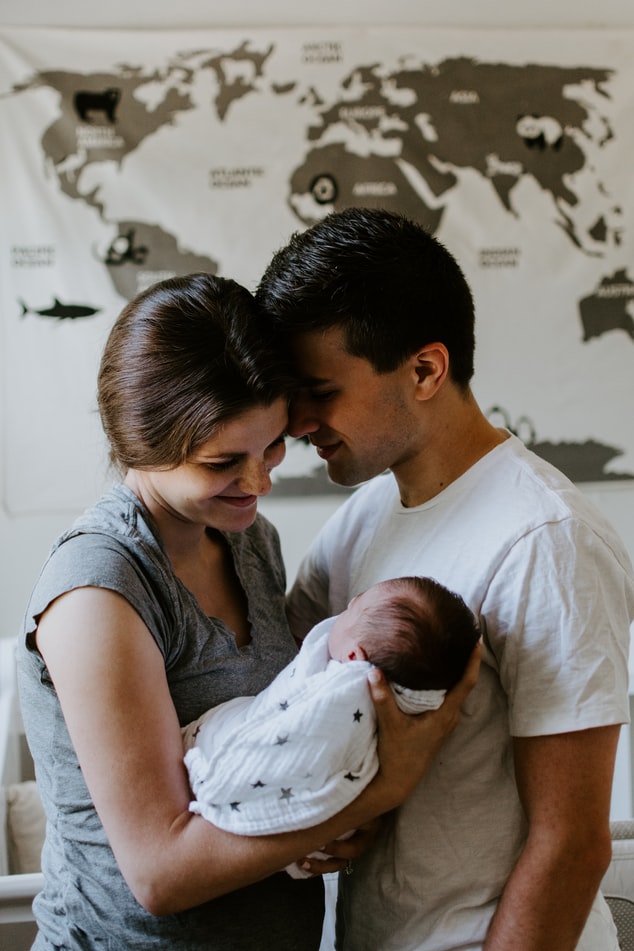Does how I respond to my partner’s low desire matter?

By Justin Dubé This blog is a summary of our published article: Rosen, N. O., Corsini-Munt, S., Dubé, J., Boudreau, C. & Muise, A. (2020). Partner responses to low desire: Associations with sexual, relationship, and psychological wellbeing among couples coping with Female Sexual Interest/Arousal Disorder. The Journal of Sexual Medicine, 17, 2168-2180. https://doi.org/10.1016/j.jsxm.2020.08.015 Female Sexual Interest/Arousal […]
Two to Tango: New Interpersonal Model of Women’s Sexual Dysfunction

By Jackie Huberman This blog is a summary of our published article: Rosen, N. O., & Bergeron, S. (2019). Genito-pelvic pain through a dyadic lens: Moving toward an interpersonal emotion regulation model of women’s sexual dysfunction. The Journal of Sex Research, 56, 440–461. https://doi.org/10.1080/00224499.2018.1513987 Sexual problems are more common in women than you might think – […]
When touch leads to ouch: How attachment predicts couples’ adjustment to PVD, through partner responses to pain

By Lucretia Groff This blog is a summary of our published article: Charbonneau-Lefebvre, V., Rosen, N. O., Bosisio, M., Vaillancourt-Morel, M.-P., & Bergeron, S. (2020). An attachment perspective on partner responses to Genito-pelvic pain and their associations with relationship and sexual outcomes. The Journal of Sex Research, 58(2), 235–247. https://doi.org/10.1080/00224499.2020.1761936 Provoked vestibulodynia (PVD) is a […]
Don’t hesitate, just regulate: Emotion regulation and women’s sexual well-being

By Justin Dube; This blog is a summary of our published article: Dubé, J. P., Dawson, S. J., & Rosen, N. O. (2020). Emotion Regulation and Sexual Well-being Among Women: Current Status and Future Directions. Current Sexual Health Reports, 1-10. https://doi.org/10.1007/s11930-020-00261-9
Mapping a course: Predicting outcomes of two treatments for women who have pain during sex

By Katrina Bouchard; This post is a summary of a recently published article from the Couples and Sexual Health Lab with our close collaborators at Université de Montréal:
Rosen, N. O., Vaillancourt-Morel, M.-P., Corsini-Munt, S., Steben, M., Delisle, I., Baxter, M.-L., & Bergeron, S. (2021). Predictors and moderators of provoked vestibulodynia treatment outcome following a randomized trial comparing cognitive-behavioral couple therapy to overnight lidocaine. Behavior Therapy. https://doi.org/10.1016/j.beth.2021.05.002
Let’s talk about stress, baby: Joint problem-solving and sexual distress across the transition to parenthood

By Grace Schwenck; This blog is a summary of our published article: Tutelman, P. R., Dawson, S. J., Schwenck, G. C., & Rosen, N. O. (2021). A Longitudinal Examination of Common Dyadic Coping and Sexual Distress in New Parent Couples during the Transition to Parenthood. Family Process. https://doi: 10.1111/famp.12661
It isn’t all talk: Couple therapy results in more improvements for women who have pain during sex relative to a common medical treatment

By Katrina Bouchard;
This post is a summary of a recently published article from the Couples and Sexual Health Lab with our close collaborators at Université de Montréal:
Bergeron, S., Vaillancourt-Morel, M.-P., Corsini-Munt, S., Steben, M., Delisle, I., Mayrand, M.-H., & Rosen, N. O. (2021). Cognitive-behavioral couple therapy versus lidocaine for provoked vestibulodynia: A randomized clinical trial. Journal of Consulting and Clinical Psychology, 89, 316-326. https://doi.org/10.1037/ccp0000631
Are new parents less stressed when they’re more sexually satisfied?

By Inês Tavares This blog is a summary of our published article: Tavares, I. M., Nobre, P. J., Schlagentweit, H., & Rosen, N. O. (2019). Sexual well-being and perceived stress in couples transitioning to parenthood: A dyadic analysis. International Journal of Clinical and Health Psychology. doi:10.1016/j.ijchp.2019.07.004 After the birth of their first baby, new parents usually have a lot […]
Vulvodynia: Research Challenges and Treatment Recommendations

Co-authored by Lida Abdulrahman and Kat Merwin This blog is a summary of our published article: Corsini-Munt, S., Rancourt, K., Dubé, J., Rossi, M., & Rosen, N. O. (2017). Vulvodynia: A consideration of clinical and methodological research challenges and recommended solutions. The Journal of Pain Research, 10, 2425-2436. doi: 10.2147/JPR.S126259 What is vulvodynia? Vulvodynia is […]
Couples coping with PVD: Motivation to Meet a Partner’s Sexual Needs

By Sam Dawson This post is a summary of a recently published article from the CaSH Lab: Muise, A., Bergeron, S., Impett, E. A., Delisle, I., & Rosen, N. O. (2018). Communal motivation in couples coping with vulvodynia: Sexual distress mediates associations with pain, depression, and anxiety. Journal of Psychosomatic Research, 106, 34-40. Provoked vestibulodynia […]

